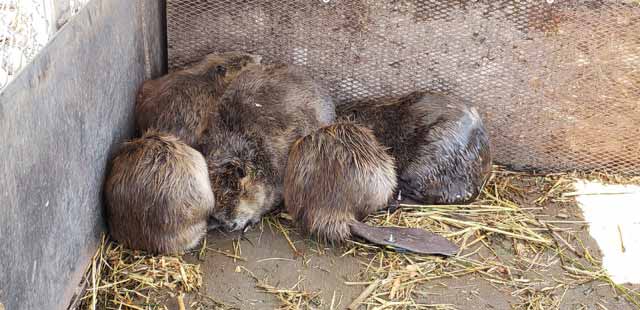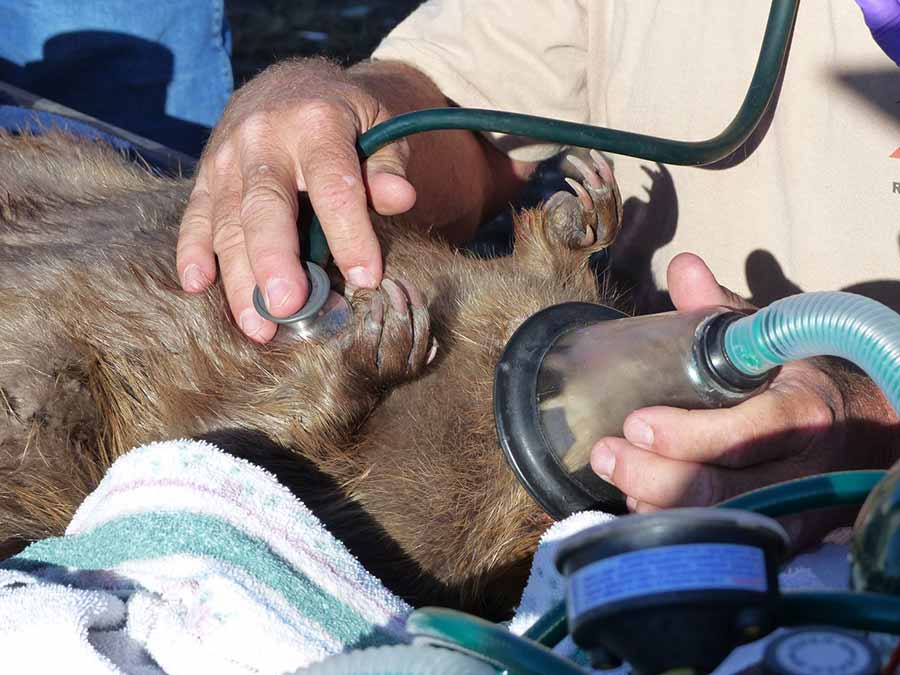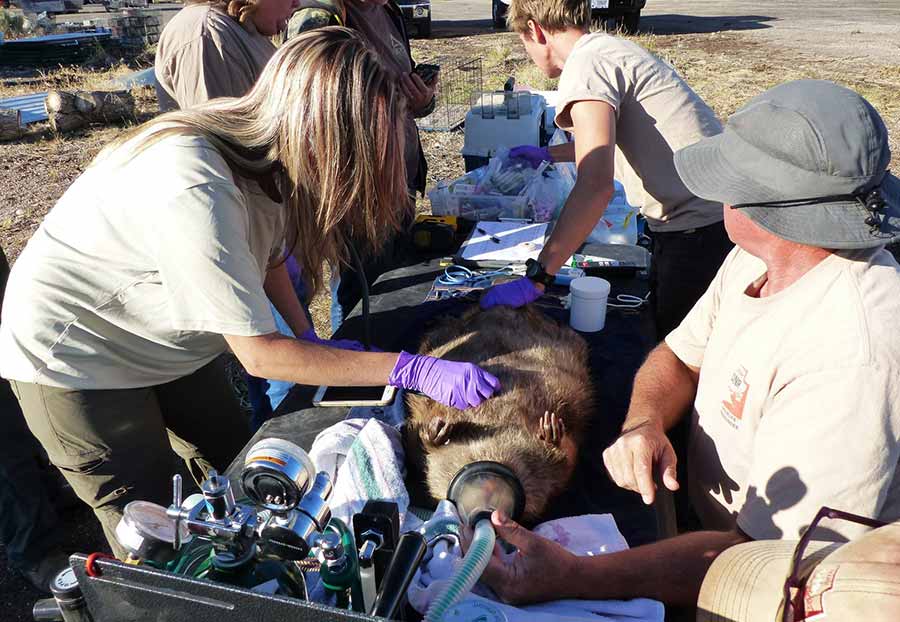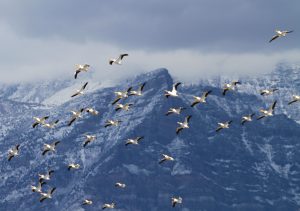 |
| Photo by Jacob Colvin from Pexels |
The Timber Wars podcast from NPR and OPB was, for me, like traveling in time. Although I was an insignificant cog in the grand wheel of the controversy, I was witness to some of the drama. It was a brief, important experience that has resonated through my life. Being a young outsider, I was perhaps ill-equipped to recognize the complexity and nuance of what was happening in and around those old growth forests, but I was a witness nonetheless.
It’s fair to say that I knew very little about the world I was entering in 1994. I remember sporadic national news reports about battles over logging controversies in the late 1980s and 1990s but that seemed very far away from central Texas, where I grew up. Expansive swaths of federal lands are unknown in the state and, while logging is economically important, less than 10% of Texas forests are located on public lands. The case was much different out west, due to complex interactions between federal land management policy, old-growth forest ecology, global economics, the regional logging culture of the Pacific Northwest, the idealistic fervor of the conservation movement, and a maturing understanding of ecological systems – and I was ripe for an education.
I skipped my college graduation ceremony in exchange for a paid internship with the Bureau of Land Management, a federal agency I’d never before heard about. I drove 2000 miles west to Oregon, with little more than some clothes, a few books and a pair of cheap hiking boots, in a two-door Mazda. My job, in a nutshell, was to drive around at night, playing recorded hoots into the night and listening for a response from actual Northern Spotted Owls.
Within weeks, I had worn the soles of my boots off. I learned to quote Jerry Franklin’s research. I picked up the mantra of my co-workers, “It’s not about the owl.” I explained to skeptics that it was efficient technology and shipping logs overseas for processing – not owls or salamanders or hippies – that killed logging jobs. Then I learned to avoid skeptics.
People in our small community noticed a bunch of kids driving government trucks around in the forests, often at night. It was suggested, unofficially, that we tell our neighbors and grocery cashiers and gas station attendants that we were surveying for Fishers. At the time, I didn’t even know that Fishers were rare mustelids (Pekania pennanti), but I understood that no one would threaten me over weasels.
That summer, I barreled through the tangled complexity of the old growth landscape in pursuit of the much-maligned owls, my naïve and powerful youth relieving me of any concerns about broken ankles. I shivered in the cool Oregon summer, I nervously piloted agency 4x4 trucks down harrowingly narrow logging roads, and I tripped and fell over my laughing co-workers. I remember the impossible darkness of those eastern Cascade Range forests, and how we would blink in pain and grasp for sunglasses when we encountered a clearing.
I learned a lot that season in the Oregon old growth. I learned how to fight wildfires and imitate owls. I learned how to raft rivers and use a compass. I will always remember the ridiculously simple-minded and intoxicating freedom of the place. I was two thousand miles from anywhere I’d ever been and anyone I knew, further from home than my own designs had ever carried me before. I was truly on my own, with no one to rescue me and no one to blame for my life. Every day I woke up, got out of bed and made my own fate among those ancient, venerable trees.
As I said, ridiculous. While it’s not hyperbole to say that a summer in the cathedral-like forests of the Pacific Northwest determined the course of my life, I must consider the experience in light of my youth and excitement, which largely removed me from the academic, economic and societal upheaval roiling the region. These were serious issues and Timber Wars revealed that many still continue today.


















